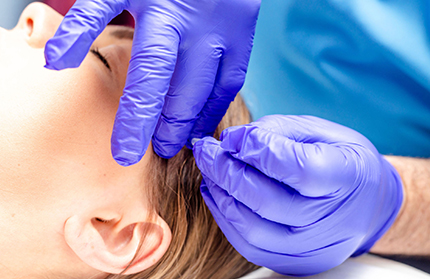Overuse tendinopathies are one of the most common occurring “injuries”, affecting millions of people everyday. They can occur in everyone from elite athletes to those just participating in recreational sports or even workers with repetitive job duties. Quality of life is a major issue when dealing with tendinopathy and can have an affect on more the than someone’s physical well-being. It has been estimated that overuse injuries account for approximately 40% of all sports injuries.
Several researchers today feel like physicians are mislabeling one of the most common tendinopathies diagnosed: tendonitis. They are discovering more evidence that many of these chronic injuries are actually a non-inflammatory condition known as tendinosis, as opposed to the inflammatory state of tendonitis. Unfortunately, this mislabeling can result in slower recovery time and non-optimal physical therapy treatment and outcomes. What is the difference between these two common conditions and what does treatment consist of?
Overuse tendinosis is actually a very prevalent condition and is defined as intratendinous, collagen degeneration from repetitive microtrauma which results from atrophy, aging and vascular compromise. Collagen is a type of fibrous connective tissue found in all tendons and muscles, which help support and provide strength and integrity. Symptoms can vary from a mild ache, to sharp pain, stiffness and/or burning around the tendon. Pain is usually worse during and after activity and can result in mild swelling. Typically, its early presentation appears in 6-10 weeks and takes approximately 3-6 months for full chronic presentation. Research reveals that the likelihood for full recovery is somewhere around 80%. The use of MRI to confirm loss of collagen continuity is used for clinical diagnosis. Conservative treatment would focus on encouraging collagen synthesis, maturation and strength.
Overuse tendinitis, on the other hand, is defined as the symptomatic degeneration of a tendon with vascular disruption and an inflammatory repair response. It results is chronic tendon inflammation and deterioration producing scarring or calcium deposits in a tendon which can restrict overall range of motion. Tendonitis’ early presentation has an onset within days to a couple of weeks and typically takes between 4-6 weeks for recovery when in a chronic state. Compared to tendinosis, being diagnosed with tendonitis results in much more promising and quicker outcomes with approximately a 99% chance for full recovery and can typically be treated effectively and conservatively with use of anti-inflammatory modalities and drugs.
So what does treatment for chronic overuse tendinosis consist of? Current physical therapy treatments involve strengthening programs, pain relief measures, load-decreasing strategies, and implementing proper biomechanics. Surgery should be reserved after failure of a high quality program of conservative treatment and management. Eccentric strengthening(or strengthening while lengthening a muscle) has been shown to be clinically effective in assisting collagen fibers grow in parallel alignment and speeds up the healing process. There are several anti-inflammatory strategies including cryotherapy, ultrasound, oral NSAID’s, and cortisone injections that can help improve the healing process. Vitamin B6 and vitamin E are also sometimes used to control pathology. Load-decreasing strategies include resting the injury, avoiding painful activities, use of braces, supports or orthotics. Biomechanical corrections can be implemented by a physical therapist. Poor sports techniques, muscle imbalances, assessing proper equipment and ergonomic evaluations are all variables to consider.

